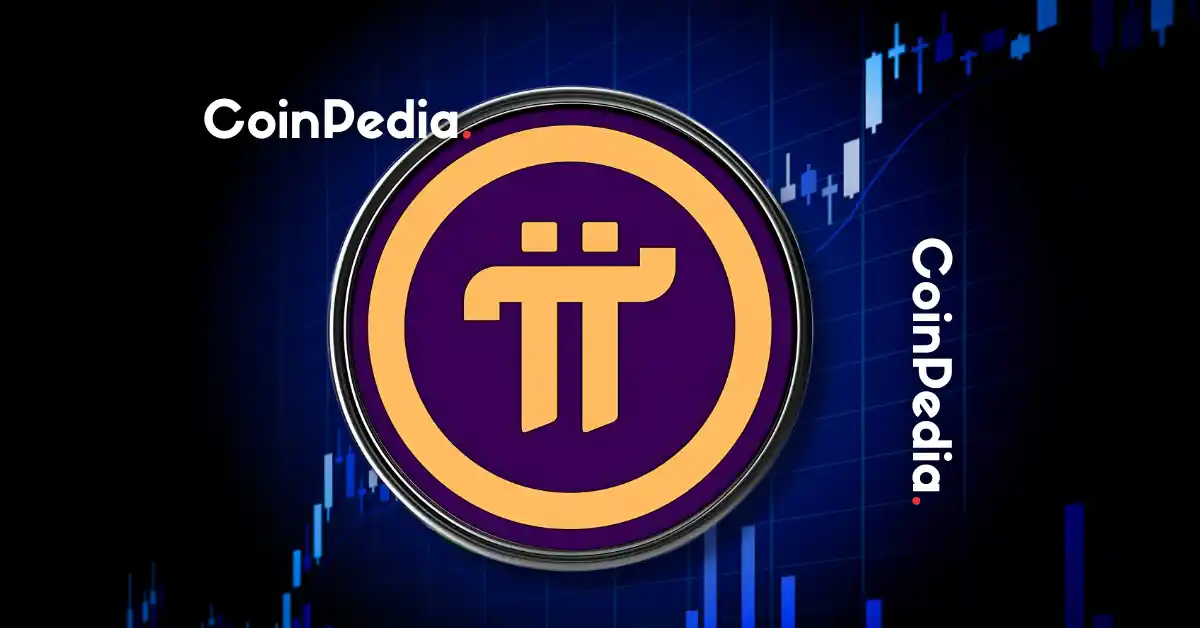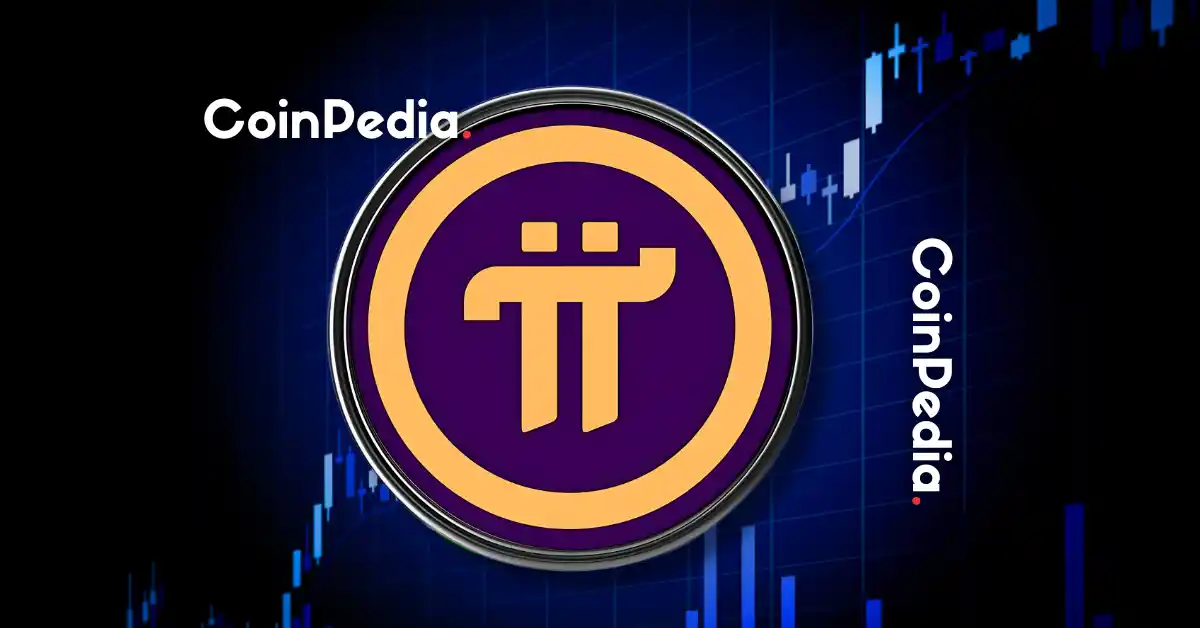The Pi Network’s $10 dream has captivated millions of users who envision substantial returns on their “mined” Pi coins. However, the journey to this ambitious target is fraught with challenges, and the feasibility of reaching $10 remains uncertain. To understand whether this goal is realistic, it is essential to examine the underlying tokenomics, market dynamics, and the inherent obstacles Pi Network must overcome.
The Unique Appeal of Pi Network
Pi Network stands out in the cryptocurrency landscape due to its mobile-first mining approach. Unlike Bitcoin’s energy-intensive proof-of-work system, Pi utilizes a consensus algorithm that allows users to mine Pi coins directly from their smartphones with minimal battery drain. This accessibility has been a key driver of its rapid user base growth, attracting millions of users who might otherwise be deterred by the technical complexities of traditional cryptocurrency mining.
However, this unique approach also presents significant challenges, particularly in establishing intrinsic value and utility for the Pi coin. The project’s phased development, culminating in the launch of the open mainnet, has been a long and winding road. While the mainnet launch was a significant milestone, it also triggered a price correction, highlighting the market’s cautious sentiment and the challenges of translating community enthusiasm into tangible market value.
Supply and Demand Dynamics
One of the primary hurdles in reaching the $10 target is the complex interplay of supply and demand. The exact circulating supply of Pi coins remains somewhat opaque, making accurate valuation difficult. A large, unlocked supply could exert downward pressure on the price, especially if demand fails to keep pace. The whales taking millions of Pi Coins from exchanges could manipulate price too.
To achieve a $10 valuation, Pi Network would need to demonstrate substantial utility and adoption, driving demand to levels that can absorb the existing supply. This requires more than just a large user base; it necessitates the development of a robust ecosystem of applications and services that utilize Pi coin as a medium of exchange.
Utility and Ecosystem Development
The success of any cryptocurrency hinges on its real-world utility. For Pi Network to reach $10, it must evolve beyond a speculative asset and establish itself as a functional currency. This requires the development of a thriving ecosystem where Pi can be used for various transactions, such as e-commerce, digital content purchases, and peer-to-peer payments.
The Pi Network team is actively working on fostering ecosystem growth through hackathons and developer initiatives, encouraging the creation of Pi-based applications. However, the progress in this area has been relatively slow, and the lack of readily available use cases continues to be a significant barrier to price appreciation.
Exchange Listings and Market Sentiment
Listing on major cryptocurrency exchanges like Binance or Coinbase could provide a significant boost to Pi Network’s visibility and liquidity. Such listings often lead to increased trading volume and price discovery, potentially driving the price toward the $10 target. However, securing listings on these exchanges is not guaranteed and depends on various factors, including regulatory compliance, technical robustness, and the overall attractiveness of the project.
Moreover, even if listed, the market’s response will ultimately determine whether the price can sustain its upward trajectory. Market sentiment plays a crucial role in the valuation of cryptocurrencies. Positive news, endorsements from influential figures, and favorable market trends can all contribute to increased investor confidence and drive up the price of Pi. Conversely, negative news, regulatory scrutiny, or broader market downturns can dampen enthusiasm and exert downward pressure.
Tokenomics and Distribution
The tokenomics of Pi Network are designed to incentivize early adoption and reward community participation. However, the distribution model, which involves mining rewards and referral bonuses, also raises questions about potential inflationary pressures. A large number of Pi coins held by a relatively small group of users could lead to market manipulation and price volatility.
To mitigate these risks, the Pi Network team needs to carefully manage the token supply and implement mechanisms that promote long-term holding and discourage speculative trading. This could involve introducing staking programs, locking up tokens for ecosystem development, or implementing deflationary measures to reduce the overall supply.
Expert Opinions and Price Predictions
Analysts’ views on Pi Network’s price potential are divided. Some, like Dr. Altcoin, remain optimistic, suggesting that Pi could eventually reach $10, but are not clear on when. Others are more skeptical, citing the lack of utility and the potential for downward pressure from a large circulating supply.
Price predictions generated by algorithmic models should be taken with a grain of salt, as they are based on historical data and technical indicators that may not accurately reflect the unique dynamics of Pi Network. The consensus among experts is that the $10 target is ambitious and depends on a number of factors that are difficult to predict with certainty. While some believe that Pi has the potential to reach this level in the long term, others suggest that it may never achieve such a high valuation.
Challenges and Risks
Regulatory Uncertainty
The cryptocurrency industry is facing increasing regulatory scrutiny, and Pi Network is not immune to these challenges. Regulatory actions, such as restrictions on cryptocurrency trading or stricter compliance requirements, could negatively impact the price of Pi and hinder its adoption.
The Pi Network team needs to proactively engage with regulators and ensure that its operations are compliant with all applicable laws and regulations. This requires a commitment to transparency, accountability, and adherence to best practices in the cryptocurrency industry.
Security Risks
As a relatively new cryptocurrency, Pi Network is vulnerable to security threats, such as hacking and fraud. A successful attack could compromise the network’s integrity and lead to a loss of funds for users. The Pi Network team needs to invest in robust security measures, including regular audits, penetration testing, and implementation of best practices in cryptography. Additionally, educating users about security risks and promoting safe storage practices is crucial for protecting the community from fraud and theft.
Competition
The cryptocurrency market is becoming increasingly crowded, with new projects emerging every day. Pi Network faces competition from established cryptocurrencies like Bitcoin and Ethereum, as well as from other mobile-first cryptocurrencies. To stand out from the crowd, Pi Network needs to differentiate itself through its unique value proposition, strong community, and innovative technology. This requires a focus on developing practical use cases, fostering ecosystem growth, and building a brand that resonates with users.
Conclusion
The $10 target for Pi Network is an ambitious goal that faces significant challenges. While the project has a large and enthusiastic community, it must overcome hurdles related to utility, tokenomics, regulatory uncertainty, and competition to achieve such a valuation. The journey to $10 is not just about speculation but about building real-world utility and fostering a vibrant ecosystem. The future of Pi Network hinges on tangible progress, and only time will tell whether the $10 dream is a realistic valuation or just a mirage.












